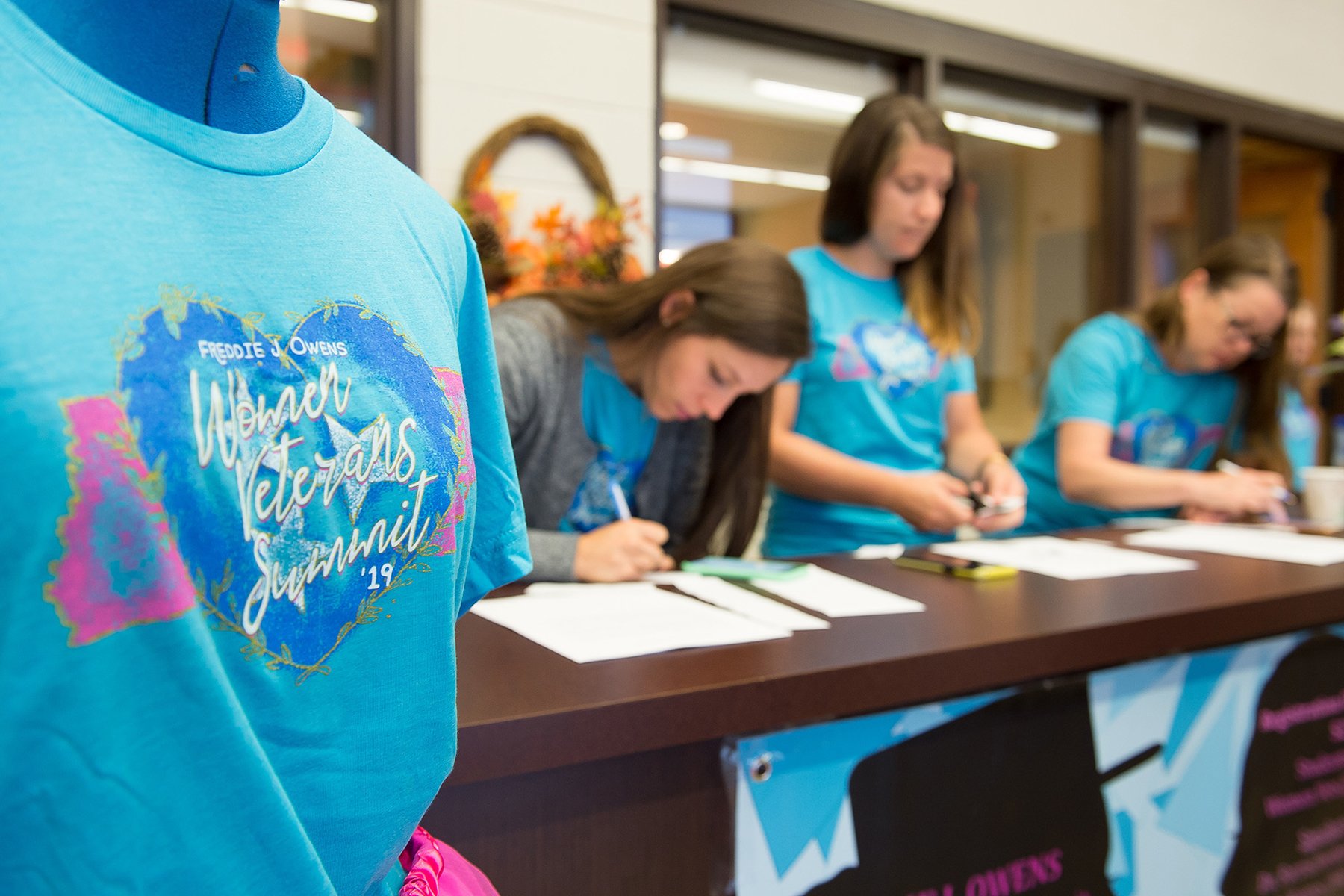Do You Know These Women Veterans?
The Women Veterans Summit, held in October 2019 in Maryville, Tennessee, celebrated women in the community. (U.S. Air National Guard/Mike R. Smith)
Women's history month is a great opportunity to reflect on the contributions of women veterans. They've made several wonderful contributions to the military community and the country, both technologically and socially.
Some of the most famous women veterans are people who didn't make a career out of it, but who stepped up and served when their country needed them. Actresses Bea Arthur and Betty White, for example, served during World War II. Today, women veterans are still making waves in many ways. Recently retired Major General Tammy Smith was a prominent voice for the LGBTQ community when she came out a year after "Don't ask, don't tell" was repealed and continued to advocate for service members and their families. Here are a few more women veterans who made a difference in their communities.
Army Gen. Ann E. Dunwoody
As the first woman to be promoted to a four-star general, Ann E. Dunwoody joined the Army in 1974. She commanded one of the largest commands in the Army, the Materiel Command, which spanned 50 states, 145 countries and had over 69,000 employees. Dunwoody served for almost 40 years and was able to see -- and contribute -- to the progression of women in the military. She was able to see women become paratroopers and deploy in combat. She retired in 2012 and said, "Today, what was once a band of brothers has truly become a band of brothers and sisters."
Grace Murray Hopper
When she joined the Navy Reserves in 1943, Grace Hopper was assigned to the Bureau of Ordinance Computation Project where she became a computer programmer. She coined the phrase "a bug in the computer" and she mastered almost everything put before her. Hopper retired from the Reserves but was called back a year later to help the Navy standardize computer programs. She was promoted to Captain and then Commodore by special presidential appointment at the age of 76. In 1985, she was then promoted to rear admiral.
Elsie S. Ott
Flight nurse Elsie Ott was on the first intercontinental air evacuation flight during World War II. She joined the Army Nurse Corps in 1941 and was sent to Karachi, India where she flew with patients back to Walter Reed in Washington, D.C. Ott was one of two people on board to care for patients and she only had a first aid kit on the plane. She also had no flying experience. But she brought five patients -- two of whom were paralyzed -- from India to the United States in a week. The trip by ship would have taken three months. Ott documented her trip and suggested many changes, including needing supplies and allowing nurses to wear pants.
Eileen Collins
Eileen Collins was the first woman to command a space shuttle mission in 1999. She joined the Air Force in 1979 and served as a flight instructor, a professor at the Air Force Academy, and a test pilot. She then was selected for the astronaut program, graduating in 1991. Collins piloted a space shuttle in 1995. She participated in four successful shuttle missions, with over 5,000 hours in 30 different aircraft and over 537 hours in space.
Dr. Mary Edwards Walker
During the Civil War, Mary Walker volunteered as a civilian nurse for the Union Army. She was awarded a commission and became the first-ever female U.S. Army surgeon. She was captured and arrested as a spy in 1864 and continued her medical service. After the war, she worked to advocate for women's rights, orphans and health care services.
Sarah Emma Edmonds
Another woman who served during the Civil War, Canadian-born Sarah Emma Edmonds moved to Michigan in 1856 and discovered her life was easier when she dressed as a man. She enlisted in the Michigan Infantry as a male field nurse. She was also rumored to be a Union spy. After recovering from malaria, she gave up her military career and became a nurse in a Washington, D.C. hospital. She wrote a book called "Nurse and Spy in the Union Army" and was given a government pension.
Currently, 14.4% of active duty service members and 18% of the National Guard and Reserve are women. In June of 2008, the state of New York chose to celebrate and commemorate women veterans by declaring June 12th Women Veterans Day. It's still only recognized at the state level, but 10 other states have joined New York in celebrating it.
Learn more about the challenges facing transitioning veterans and how VVC can support them.

